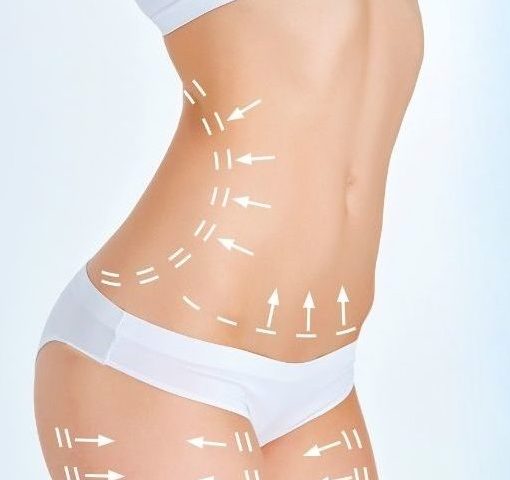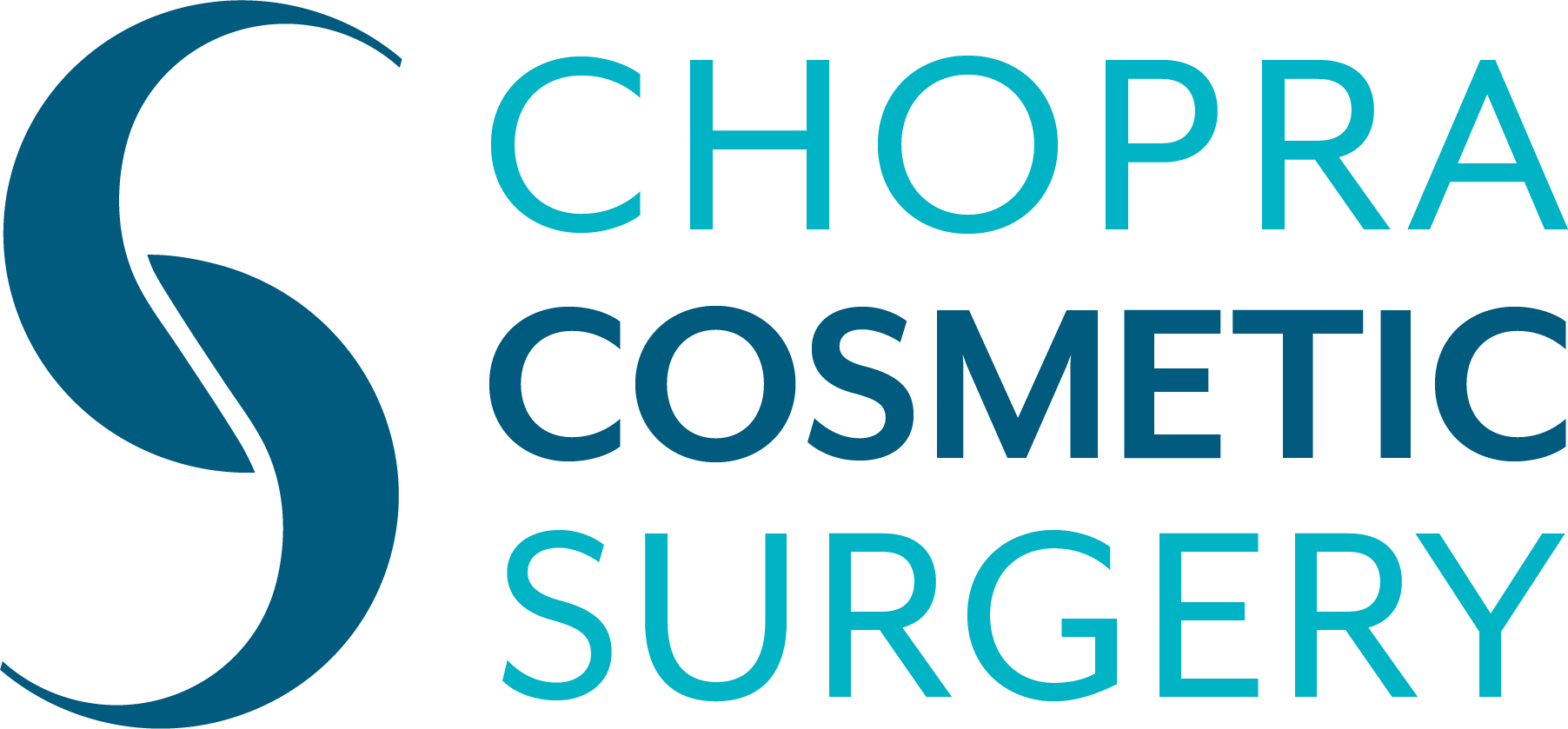Liposuction: Everything You Need to Know

Liposuction is one of the most popular cosmetic procedures worldwide. It is designed to remove stubborn fat from specific areas of the body that don’t respond to diet and exercise. Whether you’re looking to contour your abdomen, thighs, or arms, liposuction can offer a permanent solution to improve body shape.
What is Liposuction?
Liposuction, also known as lipoplasty or “lipo,” is a surgical procedure that removes fat deposits from targeted areas of your body. Unlike weight-loss methods such as dieting or exercising, liposuction directly removes fat cells (adipocytes) from areas that are resistant to these efforts. It helps create a smoother, more contoured body, which is why many people opt for this procedure after struggling to reduce fat in certain regions despite healthy habits.
Common Treatment Areas
Liposuction can be performed on various body areas, including:
- Abdomen and waist
- Thighs and hips
- Back, chest, and arms
- Neck, chin, and face
- Buttocks, knees, calves, and ankles
These areas often store fat that is difficult to eliminate through traditional methods. Liposuction provides a solution for sculpting and reshaping these parts of the body.
Am I a Candidate for Liposuction?
While liposuction is a relatively safe procedure, it’s important to determine if you are a suitable candidate. Ideal candidates should meet certain health and physical criteria to ensure the procedure is effective and safe.
Who is a Good Candidate?
You may be a good candidate for liposuction if you:
- Are an adult with an average or slightly above-average weight
- Have firm, elastic skin
- Have good muscle tone
- Struggle with fat deposits that do not respond to diet or exercise
- Are in overall good health and a nonsmoker
- Have realistic expectations about the outcome of the surgery
Who Should Avoid Liposuction?
Liposuction may not be suitable for individuals who:
- Are underweight or have a BMI over 25
- Have serious health conditions that could affect healing
- Have unrealistic expectations or poor skin quality
- Are looking for a solution to obesity or loose skin, which may require additional procedures like a tummy tuck
Types of Liposuction
There are several techniques available to remove fat, each with its advantages depending on the desired results. Here are the most common types of liposuction:
1. Tumescent Liposuction
The most common form of liposuction, tumescent liposuction, involves injecting a saline solution into the fat. This solution includes medications like epinephrine to constrict blood vessels, reducing blood loss and easing the fat removal process.
2. Ultrasound-Assisted Liposuction (UAL)
In UAL, ultrasonic energy is used to liquefy fat, making it easier to remove. A metal rod is placed under the skin, and the energy helps break down the fat cells for more efficient suction.
3. VASER Liposuction
VASER liposuction is a type of ultrasound-assisted liposuction that uses a specialized cannula with grooves to break up fat cells. This allows for smoother fat removal and can help contour the body more precisely.
4. Laser-Assisted Liposuction
Laser liposuction uses laser technology to liquefy fat before suctioning it out. It requires only small incisions, reducing scarring and recovery time.
5. Power-Assisted Liposuction (PAL)
This method uses a cannula that moves back and forth to break up fat cells before they are removed. PAL allows for a more precise and faster procedure.
6. Suction-Assisted Liposuction
This traditional form of liposuction uses a vacuum-like suction device to remove fat through small incisions.
The Liposuction Procedure: What to Expect
Before Surgery
Before undergoing liposuction, you’ll meet with Dr. Chopra to discuss your goals, medical history, and the best technique for your needs. Your surgeon will give you instructions to prepare, including dietary restrictions and guidelines for stopping certain medications or smoking.
During Surgery
Liposuction typically involves local anesthesia to numb the targeted areas, though general anesthesia may be used for larger fat removal. Dr. Chopra will make small incisions in the skin, insert a cannula (a thin tube), and remove the fat using suction. The length of the procedure depends on the areas treated and the amount of fat removed.
After Surgery
Recovery time varies depending on the areas treated and the technique used. Most people experience some bruising, swelling, and discomfort during the recovery process. Dr. Chopra may recommend wearing a compression garment to reduce swelling and help your skin conform to its new shape.
Recovery and Results
Most people can return to work after a few days, though physical activities should be avoided for at least 4 to 6 weeks. Swelling can last for several weeks, and it may take up to six months to see the final results of the procedure.
Liposuction provides permanent fat removal, but it’s essential to maintain a healthy lifestyle to prevent new fat deposits from forming. Weight gain after the procedure may affect other areas of your body, but not the areas that have undergone liposuction.
FAQs About Liposuction
How much weight can I lose with liposuction?
Liposuction is not a weight-loss procedure. It is designed to remove fat from specific areas of the body to contour and sculpt your physique. The amount of fat removed typically ranges between 1 to 5 liters, depending on the areas treated and the procedure.
Does liposuction remove cellulite?
Liposuction does not address cellulite. Cellulite is a skin condition caused by fibrous tissue bands beneath the skin, which liposuction cannot remove. If you’re concerned about cellulite, you should consult with Dr. Chopra for other treatment options.
Is liposuction permanent?
Yes, liposuction permanently removes fat cells from the treated areas. However, if you gain weight after the procedure, it can affect other parts of your body, although the treated areas are less likely to accumulate fat.
Can I combine liposuction with other surgeries?
Yes, liposuction can be combined with other cosmetic surgeries like a tummy tuck, facelift, Brazilian Butt Lift or breast reduction. Combining procedures can reduce overall recovery time but may increase the risks associated with surgery. Dr. Chopra will discuss your options during your consultation.
What is 360 Liposuction?
360 Liposuction (also known as Lipo360™) targets multiple areas of the body, including the upper and lower abdomen, waist, and back. This technique provides a more comprehensive body contour by addressing the entire midsection.
FAQs About Chopra Cosmetic Surgery
What should I expect during my consultation with Dr. Chopra?
During your consultation, Dr. Chopra will assess your medical history, discuss your goals, and explain the best options for your liposuction procedure. He will also provide detailed information about the procedure, risks, and recovery.
How can I schedule a consultation with Dr. Chopra?
To schedule a consultation with Dr. Chopra, simply contact Chopra Cosmetic Surgery through our website or by phone. Our team will be happy to assist you in setting up an appointment.
Conclusion
Liposuction is an effective and popular solution for those looking to remove stubborn fat and enhance their body shape. Whether you’re looking to improve your abdomen, thighs, or arms, liposuction can provide long-lasting results when performed by an experienced surgeon like Dr. Chopra. If you’re considering liposuction, consult with Dr. Chopra to discuss your goals and determine the best approach for achieving the body you desire.
Copyright Chopra Cosmetic Surgery, ©. All Rights Reserved.





